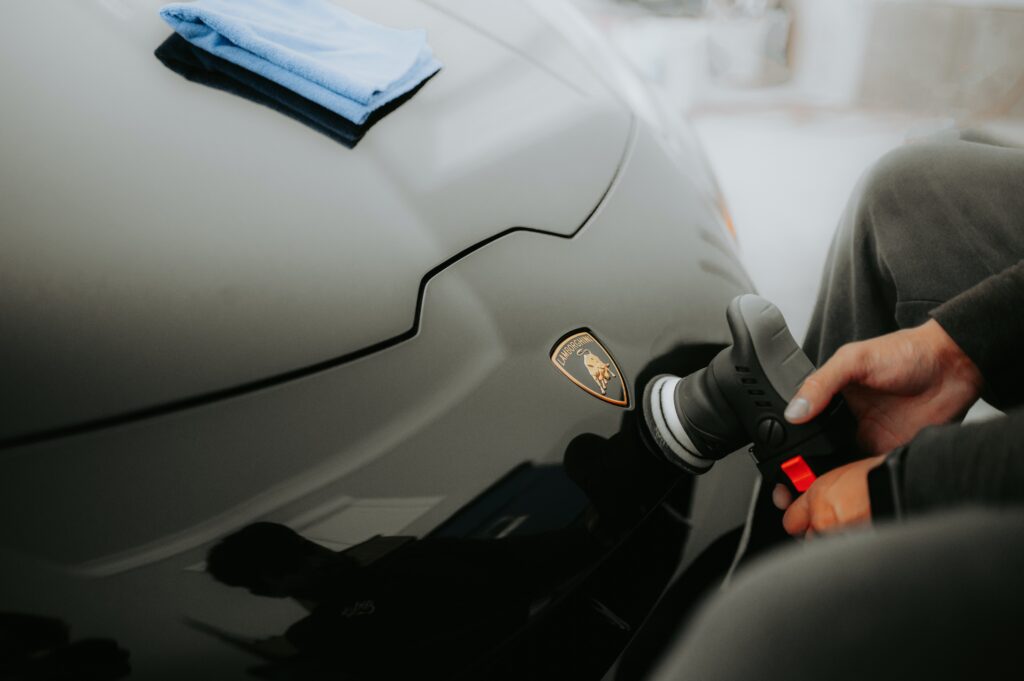
Car detailing is a process of thoroughly cleaning and conditioning the interior and exterior of a vehicle. Detailing not only enhances the appearance of the car, it can also increase its resale value.
This guide provides step-by-step instructions on how to detail one’s car and make it look like new. It includes information on the necessary tools and materials needed, as well as detailed instructions for each step of the detailing process.
Additionally, tips are provided on how to maintain the cleanliness of a vehicle following the detailing process.
1. Preparing For a Complete Car Detailing
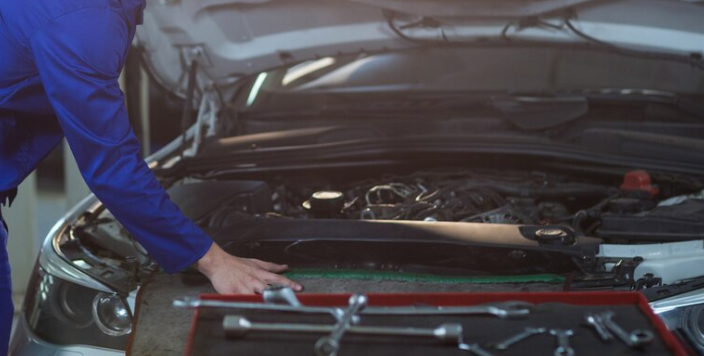
Careful planning is essential for a successful complete car detailing session. Preparing the supplies and materials beforehand will help ensure the job is done quickly and efficiently. This includes selecting the best car wash soap, wax, and tools to achieve optimal results. It is also essential to obtain any additional products that may be necessary, such as conditioners, polishes, or specific cleaning solutions.
Once all of the necessary supplies have been acquired, it is time to begin the car detailing process. The first step of this process is to clean the exterior of the car. This includes washing off dirt, grime, and debris from both the body and wheels. Special attention should be given to thoroughly rinse off any soap residue or other contaminants left behind from previous washes.
With adequate preparation completed, moving on to cleaning the exterior of your vehicle should be straightforward and produce excellent results.
2. Cleaning The Exterior
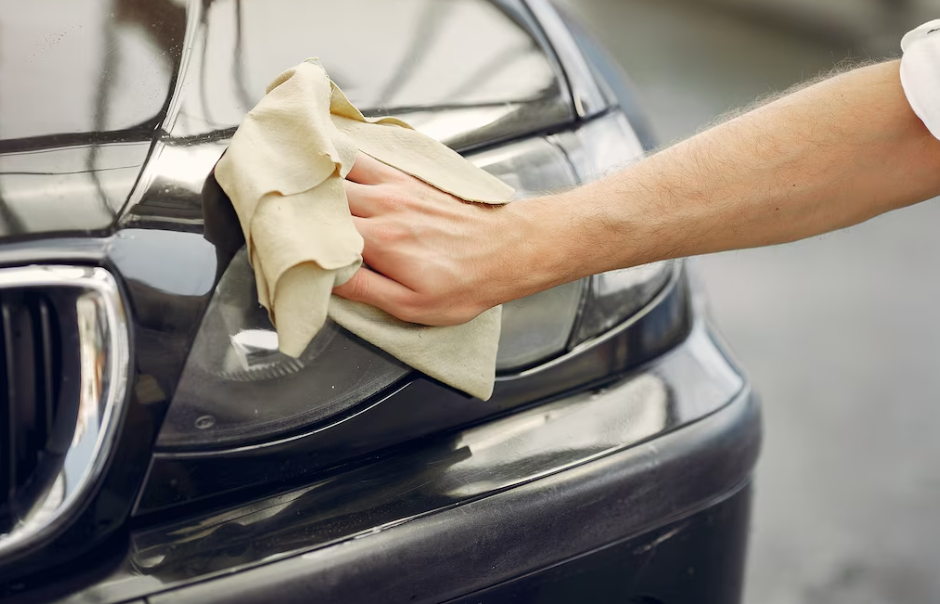
After the outside of your car has been washed and dried, it’s time to move on to polishing the paint. Polishing helps keep your car looking shiny and new by removing dirt, oxidation, scratches, and other surface imperfections. With the right products, you can have a showroom-quality shine in no time.
When polishing your car’s paint, you should use a two-step process:
- First use a cleaner wax to remove any blemishes or scratches from the surface of your car
- Then apply an all-in-one polish that contains both a wax and a finisher to give your paint an extra glossy finish.
Once polished, it’s time to tackle the windows.
- Start by washing each window with glass cleaner and a microfiber cloth.
- Be sure to clean both the inside and outside of each window for optimal clarity.
After washing the windows, use an auto-detailing clay bar to remove any remaining dirt or grime that may be stuck on the glass.
The following steps create a thorough detail:
- Cleaner wax for blemish removal
- All-in-one polish for a gloss finish
- Glass cleaner and microfiber cloth for window cleaning
- Auto detailing clay bar for deep cleaning
Having taken these steps will leave your vehicle’s exterior looking brand new – ready for further detailing inside!
3. Cleaning The Interior
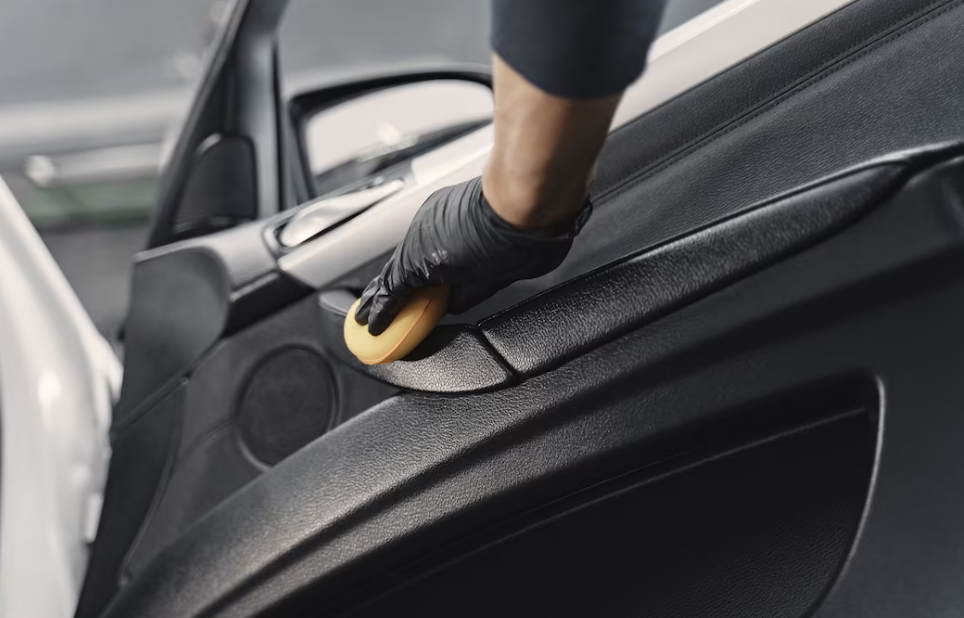
The interior of a car can become dirty quickly if not maintained regularly. Cleaning and maintaining the interior of a car is essential to keeping it looking and feeling like new.
The first step in cleaning the interior of a car is vacuuming the carpets and floor mats. A vacuum cleaner with an upholstery brush attachment is ideal for this task as it will be able to remove dirt and debris from between fabric fibers.
After vacuuming, a damp cloth should be used to clean the dashboard, center console, door panels, and other hard surfaces. This will help remove any dust or dirt that was not picked up by the vacuum cleaner. To avoid damaging any surfaces in the process, it is important to use only mild cleaners on all surfaces of the car’s interior.
Keeping your car’s appearance can be done through regular maintenance such as cleaning and waxing its exterior, replacing worn out parts, and using products like vinyl protectant on its surfaces to shield them from fading or cracking due to UV radiation exposure.
It is also important to keep up with regular oil changes and tire rotations in order to extend the life of your car. With these steps, you can ensure that your vehicle looks brand new for years to come.
4. Maintaining Your Car’s Appearance
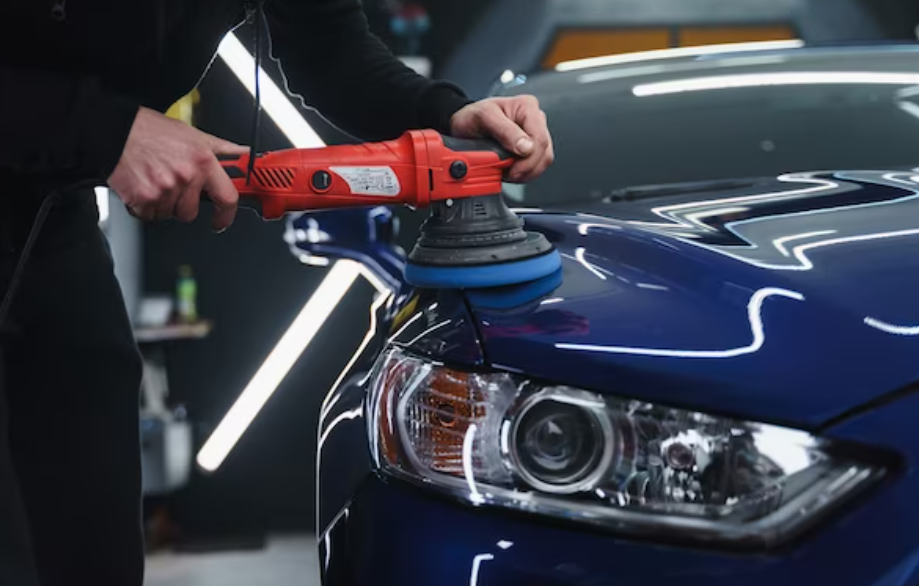
Maintaining your car’s appearance requires regular polishing of the paintwork and protecting various surfaces. Polishing helps to keep the paint looking shiny and vibrant, while waxing protects it from corrosion, fading, and staining. It is also important to clean any dust or dirt that accumulates on the car so that it does not cause damage to the paintwork.
To ensure that your car looks like new, there are a few steps you can take:
- Clean all surfaces with a damp cloth and detergent before polishing or waxing them
- Use quality products for polishing the paintwork and for waxing
- Regularly inspect the car for scratches, dents, rust spots or other signs of wear and tear
By following these steps you can maintain your car’s appearance over time.
Taking care of your car will also help protect its resale value as well as enhance its overall performance. As we move into troubleshooting common detailing issues, it is important to remember that preventive maintenance is key to keeping your car in pristine condition.
5. Troubleshooting Common Detailing Issues
Firstly, it is important to be aware that clay barring and polishing wax may be necessary for a complete car detailing. Clay barring is a process of removing contaminants from the surface of the car that cannot be removed by washing. This can include tar, tree sap, bugs, and other environmental contaminants. Polishing wax adds a layer of protection to the paint on the car and gives it a glossy sheen. It is important to note that this step should only be done after clay barring or else it will not be effective.
Secondly, some common issues that may arise when detailing cars are dried-on bird droppings or water spots on windows or windshields. In order to remove these without leaving streaks or scratches, it is recommended to use a glass cleaner that contains ammonia. Additionally, bug splatter can be difficult to remove and requires special cleaners formulated specifically for this purpose in order to avoid damaging the car’s paint job.
When dealing with these issues, it is important to take extra precaution while using any type of chemicals or abrasive material as they have potential to cause damage if used incorrectly.
Furthermore, professional car detailing services are available as an option if needed in order to ensure quality results while avoiding any potential damage.
Frequently Asked Questions
How Often Should I Detail My Car?
Polishing frequency and waxing tips are important factors to consider when detailing your car.
The amount of time between details depends on the condition of the vehicle, but usually a high-quality polish job is recommended every three months or so.
Wax should be applied at least twice a year for best results, with the type of wax used depending on environmental factors such as sun exposure, temperature, and precipitation.
It is also important to consider whether you will be using a professional detailer or attempting to do the work yourself.
Is Car Detailing Worth The Cost?
Car detailing can be an expensive service, leading to the question of whether or not it is worth the cost.
While DIY detailing can be a cheaper option for preventative maintenance, it may not provide the same results as professional car detailing services.
Professional car detailing services can offer additional benefits such as paint protection, waxing and sealing products as well as specialized knowledge in terms of cleaning and restoration.
The decision ultimately comes down to one’s budget and expectations.
What Is The Best Way To Remove Scratches From My Car?
Removing scratches from a car can be achieved using either DIY solutions or chemical solutions.
DIY solutions are often the most cost effective and include items such as toothpaste, baking soda, nail polish remover, and even white vinegar.
Chemical solutions involve the use of waxes or specialized polishes that have been designed to remove scratches from cars. It is important to note that these chemical solutions may require the use of a buffer for optimal results.
What Type Of Products Should I Use To Detail My Car?
Detailing a car requires careful selection of the appropriate products to ensure a thorough cleaning.
A clay bar is commonly used for removing surface contaminants such as tree sap, bird droppings and road grime.
Steam cleaning is an effective way to get rid of dirt and debris that may have embedded itself in the car’s surfaces.
The use of wax can help protect the paint job while also adding shine.
A good quality interior cleaner also helps maintain the interior of the car and should be applied after vacuuming to remove dust, food particles and other stains.
What Kind Of Tools Do I Need To Detail My Car?
Car detailing requires specific tools in order to achieve the desired results.
Clay barring is a common tool used to remove dirt, debris, and contaminants from the paint surface.
Polishing waxes are also necessary for creating a glossy finish on the car’s exterior.
Other important tools include microfiber towels, brushes, and sponges for cleaning and polishing wheels, tires, and other parts of the vehicle.
Additionally, polishes and compounds can be used for more advanced detailing jobs.
Conclusion
Conclusion
The importance of complete car detailing cannot be overstated. Car detailing is essential to maintaining a vehicle’s beauty and value. By following the steps outlined in this guide, such as knowing how often to detail a car and what products to use, individuals can keep their cars looking like new for years to come.
Additionally, taking the time to remove scratches and apply protective coatings will ensure that the car remains in good condition and maintains its resale value. With regular maintenance and care, car owners can enjoy their vehicles for many years to come.



